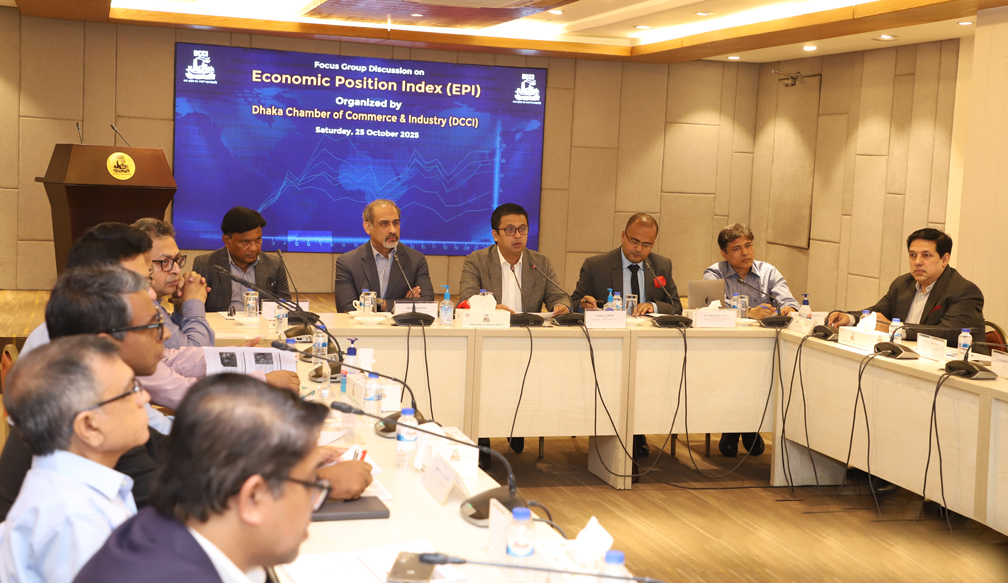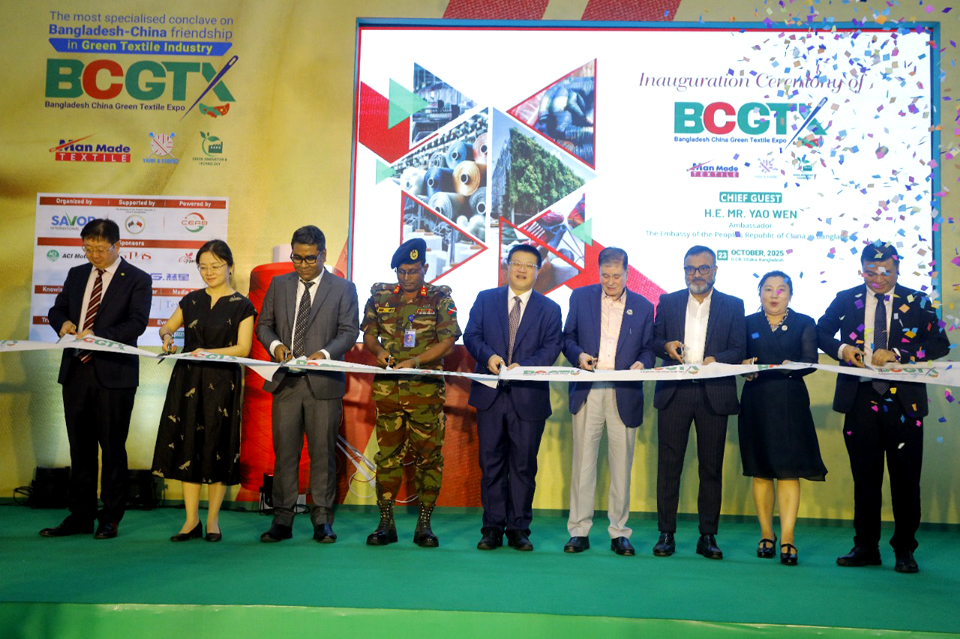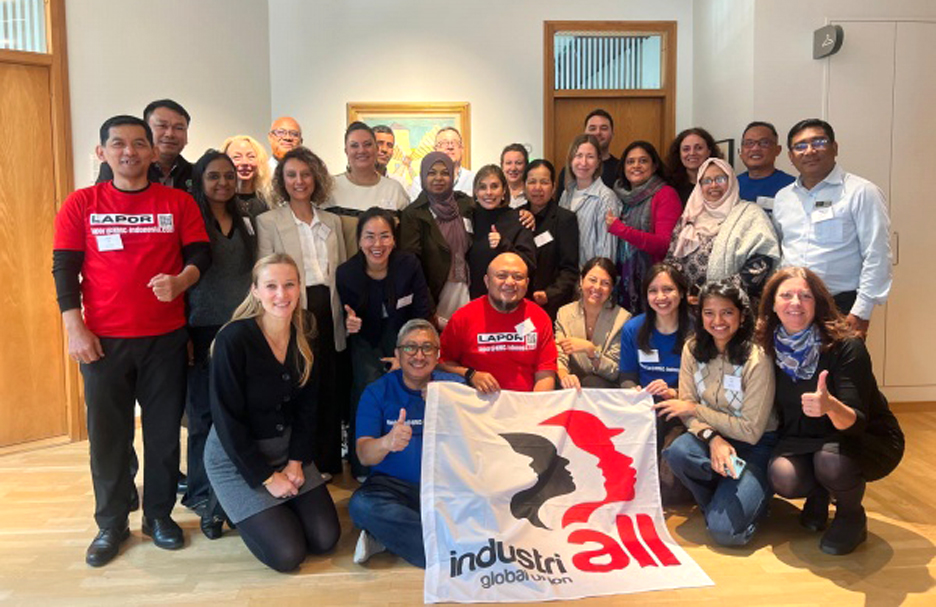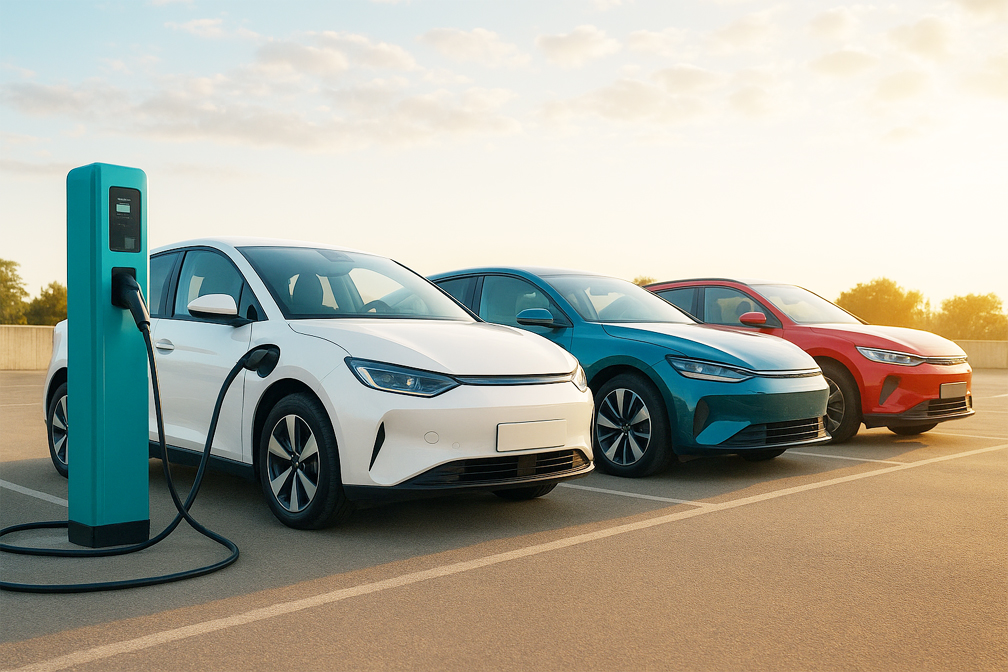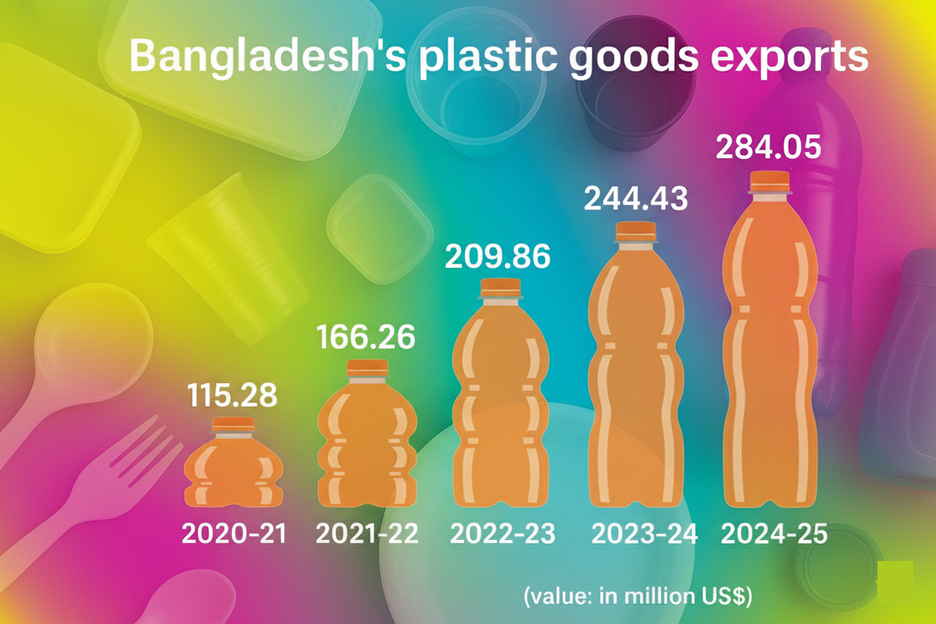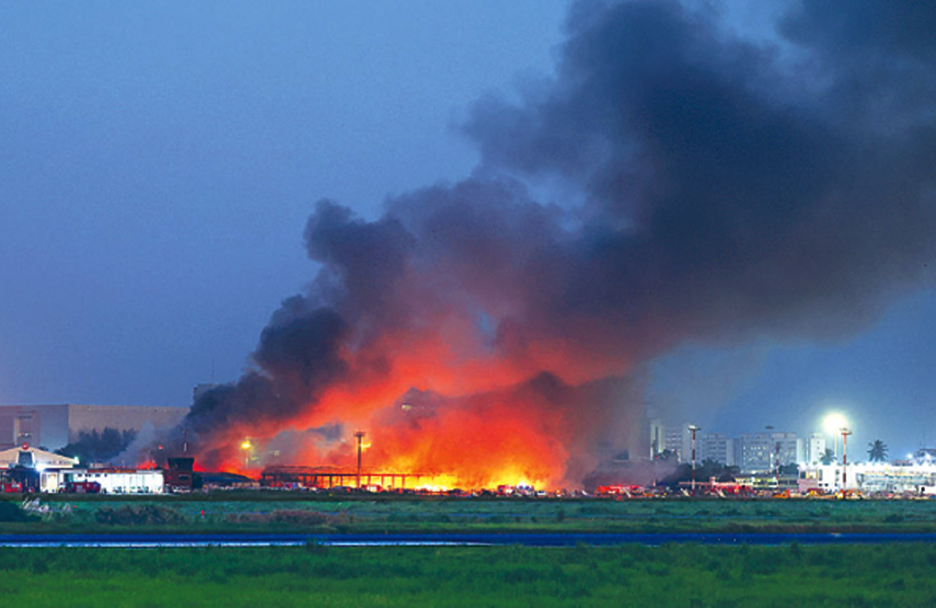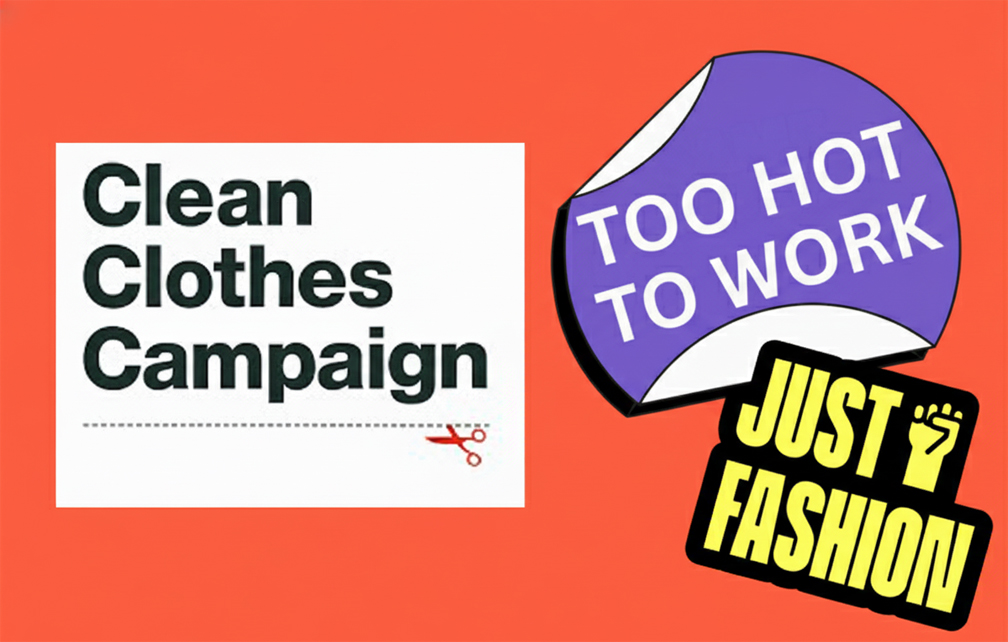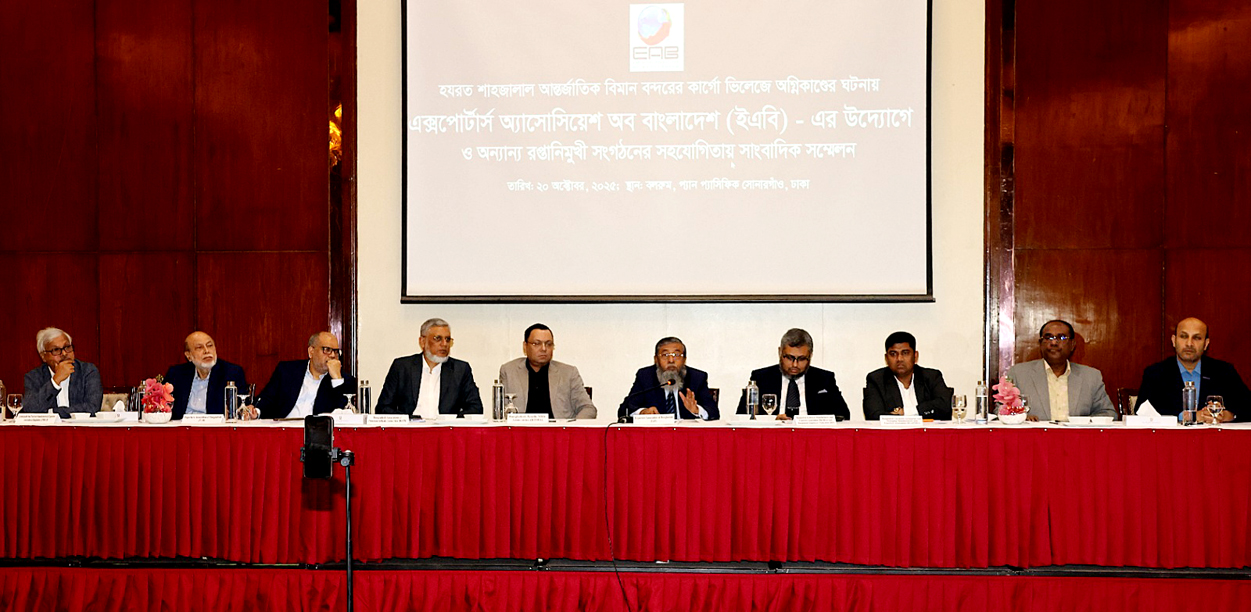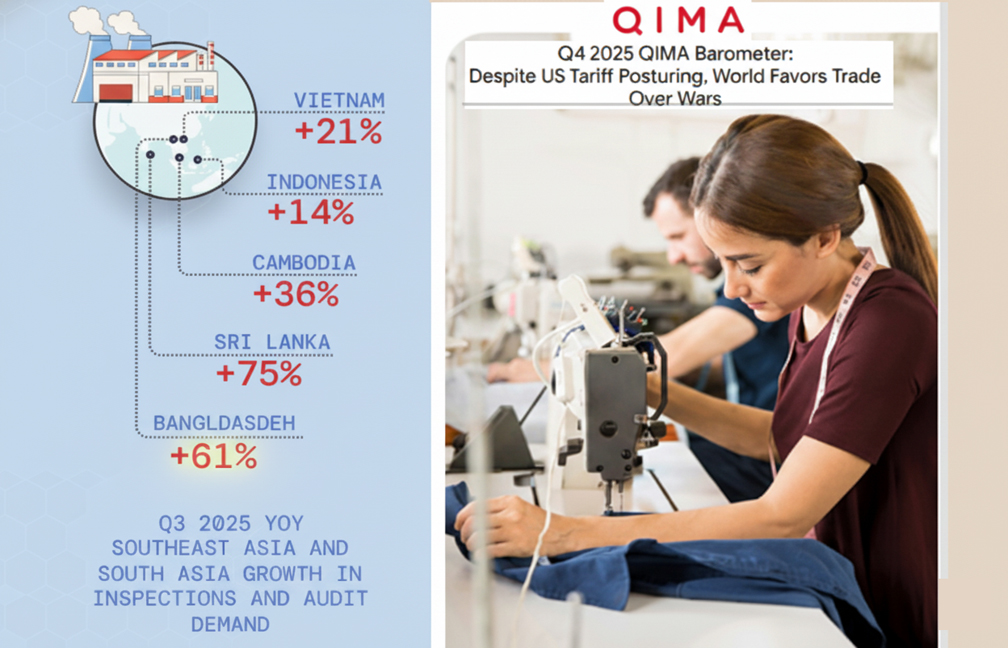The global fashion industry is falling dangerously behind in its efforts to tackle climate change, according to a new report highlighting widespread inaction, weak climate commitments and a lack of meaningful support for supply chain decarbonisation.
Published on June 3 by environmental advocacy group Stand.earth, the 2025 Fossil Free Fashion Scorecard assessed 42 major apparel and footwear brands and found that none achieved an ‘A’ grade for climate performance.
The report warned that progress on emissions reduction was alarmingly slow, with more than 40 per cent of brands increasing their pollution and just 7 per cent aligning with the Paris Agreement’s 1.5°C target.
Only three brands — Eileen Fisher, Burberry and Prada — were found to have reduced emissions in line with the 1.5°C pathway.
In contrast, 17 companies saw their carbon footprints rise, and many continue to rely on intensity-based targets that mask absolute emissions growth.
Several high-profile brands, including Columbia, Aritzia and Abercrombie & Fitch, have yet to set Scope 3 emissions targets or publish climate data.
The report observed that while around two-thirds of companies had announced net zero goals, only five had outlined credible interim targets, casting doubt on the integrity of these commitments and raising concerns about potential greenwashing.
It further pointed out that coal continues to play a significant role in supply chains, with fewer than half of the brands pledging to phase it out by 2030.
Instead, some companies are reportedly shifting to alternatives like gas or biomass, which the report warned could result in even higher overall emissions.
Additionally, the authors criticised the ongoing lack of transparency around energy use and highlighted the slow progress in adopting renewable energy in manufacturing processes.
The report noted that H&M had emerged as the top-performing company, receiving the first-ever ‘B+’ grade for its climate commitments.
The brand was acknowledged for setting strong climate targets, maintaining transparent emissions reporting, supporting supplier decarbonisation — particularly in Bangladesh — and engaging actively in climate policy advocacy.
However, the report also stressed that, despite H&M’s relative leadership, the broader industry continues to perform poorly.
It highlighted that financial support for supplier decarbonisation remains limited, with only six companies offering any form of financing, and only H&M demonstrating clear evidence of non-debt-based assistance.
Additionally, the report pointed out that most brands lack climate adaptation strategies for workers and provide little transparency around purchasing practices that could support long-term, sustainable investments by suppliers.
The report raised serious concerns over the state of climate advocacy in the fashion industry, noting that nearly half of the assessed brands received an ‘F’ grade in this area.
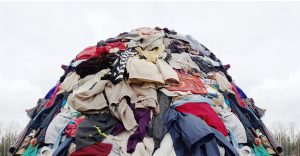
It observed that only a few companies had linked executive compensation to climate performance or established governance structures that reflected their stated sustainability ambitions.
Most brands also failed to endorse critical safety agreements such as the International Accord, which the report cited as evidence of a disconnect between corporate rhetoric and meaningful action.
In addition, the report pointed to major shortcomings in material sourcing and circularity practices.
It noted that textile production remains dominated by synthetic fibres derived from fossil fuels, and criticised the growing reliance on recycled plastic bottles (RPET), arguing that it undermines closed-loop recycling systems.
Transparency remains limited, with few companies disclosing fibre volumes or garment production figures, and only a minority taking steps to avoid materials linked to deforestation or adopting organic and regenerative cotton.
Although resale and repair initiatives have become more common, the report suggested their effectiveness is often undermined by the export of used clothing to the Global South.
Shipping was identified as another neglected emissions source.
The report found little progress in this area, with most brands failing to disclose logistics emissions or present strategies to cut reliance on air freight.
In particular, it highlighted that ultra-fast fashion firms such as SHEIN have seen their logistics emissions more than double in just two years.
Only one brand, Mammut, has set a time-bound target for zero-emission shipping, and commitments to sustainable last-mile delivery remain scarce.
‘The 2025 Fossil Free Fashion Scorecard makes it clear that the fashion industry is still failing to take the decisive action needed to align with global climate goals,’ said Todd Paglia, Executive Director of Stand.earth.
‘While we see some brands making progress, many others are missing the moment or shirking their responsibility entirely, which is alarming,’ he said.
He added that many brands are failing to support their suppliers in transitioning to clean energy, placing a disproportionate financial burden on manufacturers.
The industry has the resources to act, he said, but too often companies make empty promises while continuing business as usual.
Stand.earth concluded that these findings reveal a troubling gap between the fashion industry’s climate commitments and its operational realities.
The organisation warned that without swift and systemic changes, the sector risks falling even further behind the emissions reductions needed to meet global climate targets



